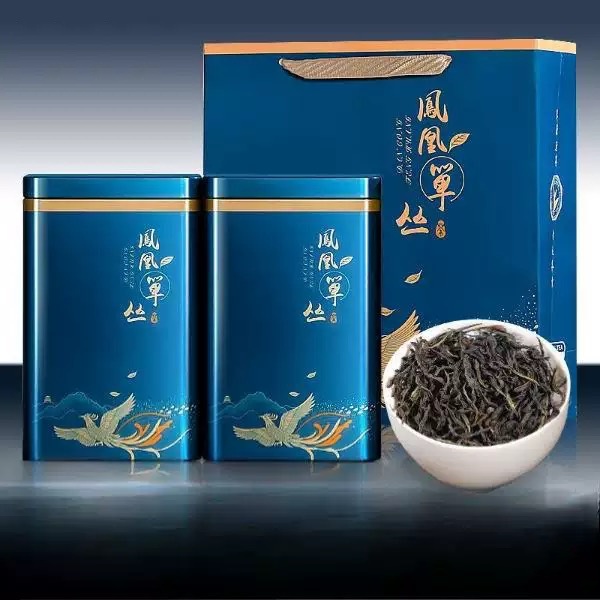
# Regional Oolong Tea Varieties
## Introduction to Oolong Tea
Oolong tea, a traditional Chinese tea, is known for its unique processing method that falls somewhere between green and black tea. The level of oxidation can vary, resulting in a wide range of flavors, aromas, and appearances. What makes oolong tea particularly fascinating is how different regions produce distinct varieties, each with its own character and charm.
## Famous Oolong Tea Producing Regions
### 1. Fujian Province, China
Fujian is considered the birthplace of oolong tea, producing some of the most renowned varieties:
Keyword: Regional Oolong Teas
– Tie Guan Yin (Iron Goddess of Mercy): Grown in Anxi County, this tea is known for its floral aroma and smooth, slightly sweet taste.
– Da Hong Pao (Big Red Robe): A prized Wuyi Mountain rock tea with a rich, mineral flavor and lasting aftertaste.
– Shui Xian (Narcissus): Another Wuyi rock tea with a distinctive orchid fragrance and mellow taste.
### 2. Guangdong Province, China
The Phoenix Mountain region in Guangdong produces:
– Dan Cong (Single Bush) Oolongs: These teas are made from individual tea bushes, each with unique characteristics. Popular varieties include Mi Lan Xiang (Honey Orchid Fragrance) and Yu Lan Xiang (Magnolia Fragrance).
### 3. Taiwan
Taiwan has developed its own distinctive oolong tea culture:
– Dong Ding (Frozen Summit): A medium-oxidized oolong with a roasted character from Nantou County.
– Alishan: High mountain oolong with a creamy texture and floral notes.
– Oriental Beauty: A unique bug-bitten tea with natural honey-like sweetness.
## Characteristics of Regional Oolongs
Each region’s oolong teas reflect their terroir – the combination of climate, soil, and traditional processing methods:
Region | Oxidation Level | Flavor Profile | Notable Processing Technique
Fujian | 15-70% | Floral to roasted | Traditional charcoal roasting
Guangdong | 30-50% | Fruity, honeyed | Single bush cultivation
Taiwan | 15-30% | Floral, creamy | High mountain cultivation
## Brewing Regional Oolongs
To best appreciate the differences between regional oolongs:
1. Use freshly boiled water cooled slightly (85-95°C depending on the tea)
2. Preheat your teaware
3. Use about 3-5 grams of leaves per 100ml water
4. Steep for 30 seconds to 2 minutes, adjusting based on personal preference
5. Multiple infusions are possible with high-quality oolongs
## Exploring the World of Oolong
The diversity of regional oolong teas offers endless exploration for tea enthusiasts. From the mineral-rich Wuyi rock teas to the delicate high mountain oolongs of Taiwan, each variety tells a story of its origin. The best way to appreciate these differences is through comparative tasting sessions, allowing you to experience firsthand how terroir and processing create such varied results from the same basic plant.
Whether you prefer the bold, roasted flavors of traditional Fujian oolongs or the delicate, floral notes of Taiwanese high mountain teas, there’s a regional oolong variety to suit every palate. The journey through these diverse teas is as rewarding as the destination.